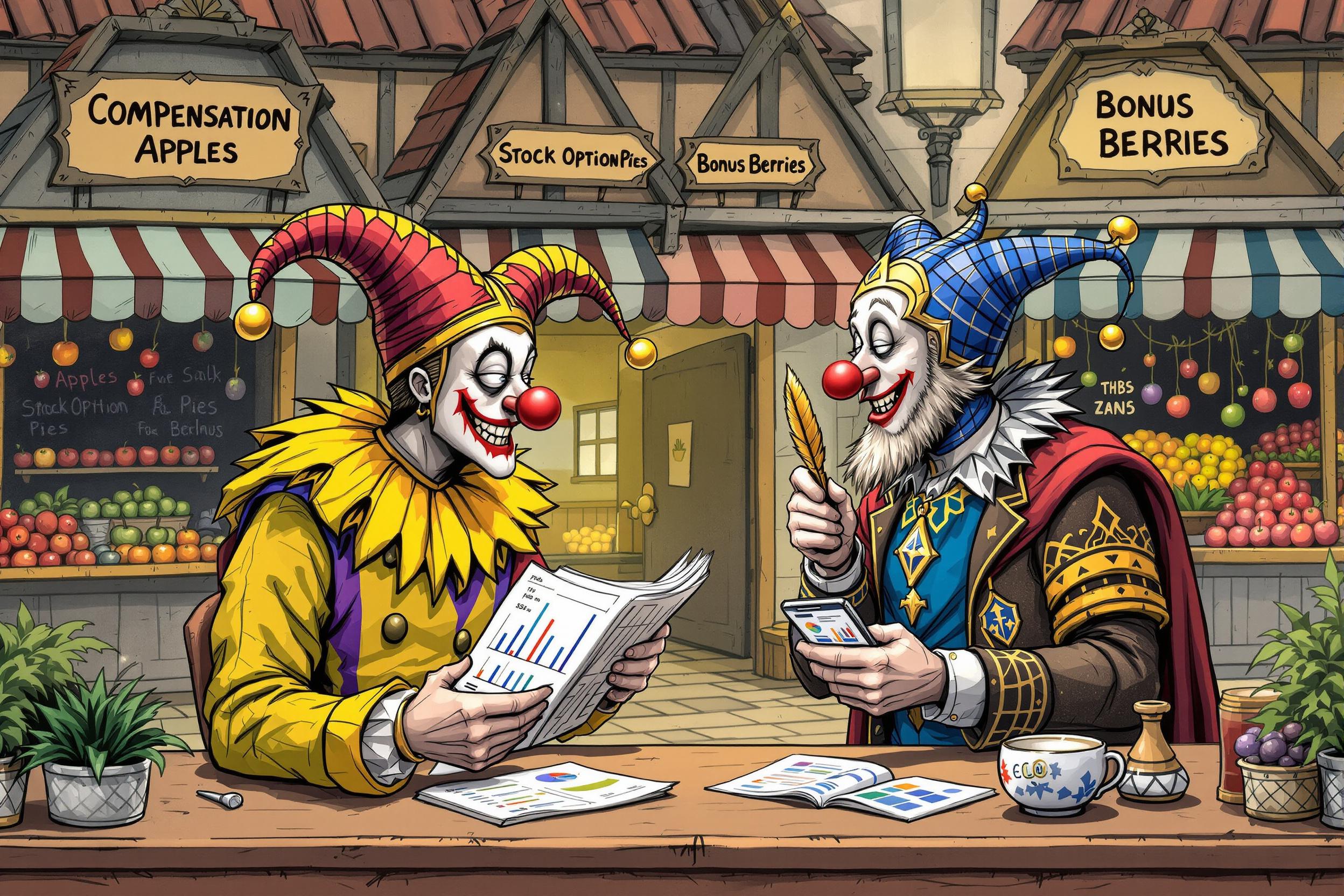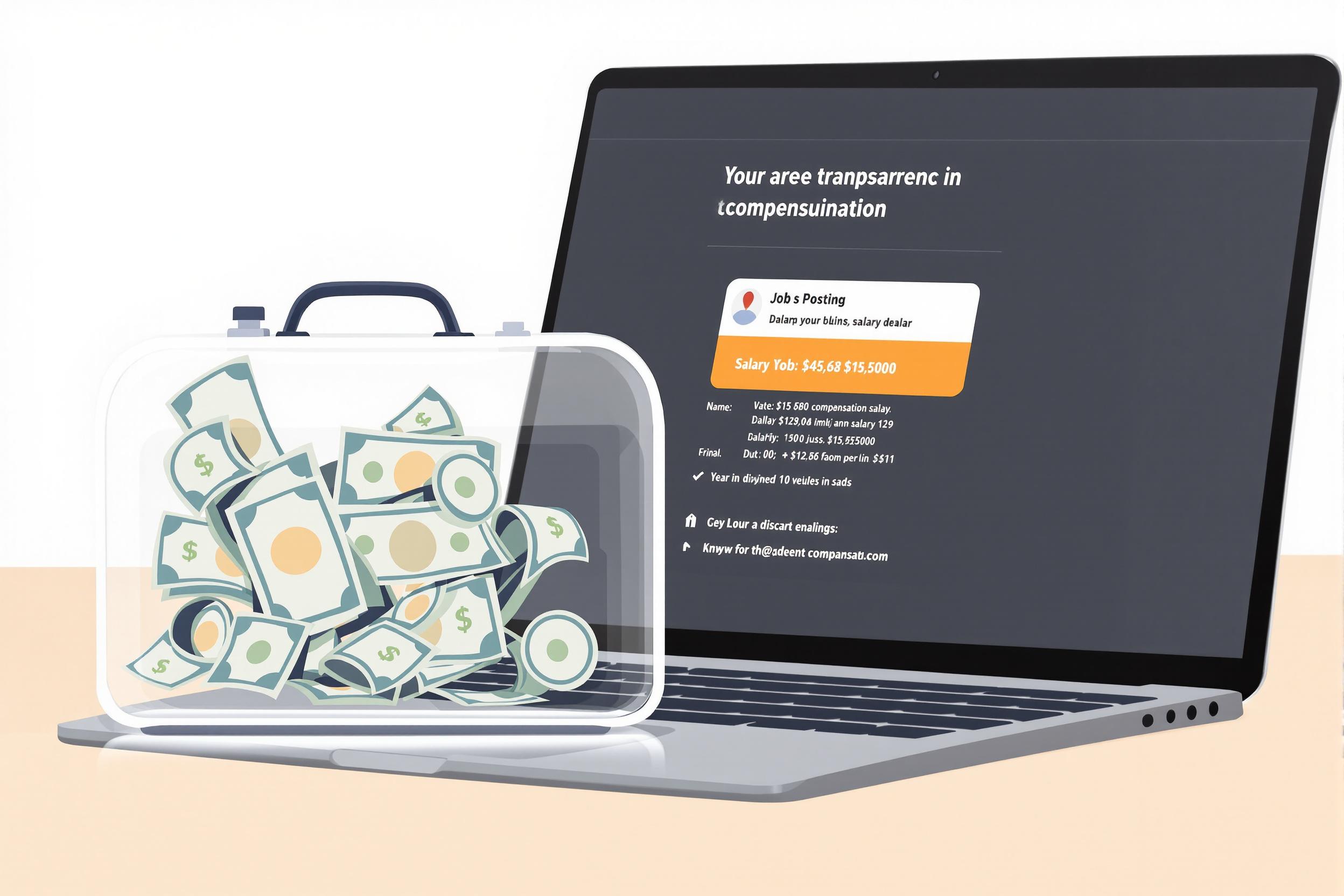
Insurance Value
Insurance Value is the estimated amount that would be needed to replace an artwork or valuable object if it were damaged, stolen, or destroyed. This is different from market value or sale price. Art professionals use this term when determining how much insurance coverage is needed to protect valuable pieces. The process involves carefully assessing an item's condition, rarity, and current market trends to arrive at a reasonable replacement cost. This helps collectors, museums, and galleries ensure their pieces are properly protected.
Examples in Resumes
Evaluated over 200 contemporary paintings to establish Insurance Value for private collectors
Determined Insurance Values for a museum's permanent collection of Renaissance artifacts
Provided Insurance Value assessments for international art exhibitions
Typical job title: "Art Appraisers"
Also try searching for:
Where to Find Art Appraisers
Professional Organizations
Job Boards
Professional Networks
Example Interview Questions
Senior Level Questions
Q: How do you handle disagreements with clients about insurance values?
Expected Answer: Should demonstrate strong negotiation skills, ability to clearly explain valuation methods, and experience backing up assessments with market data and documentation.
Q: What factors do you consider when determining insurance value for contemporary art?
Expected Answer: Should discuss market trends, artist reputation, condition assessment, provenance, exhibition history, and recent comparable sales.
Mid Level Questions
Q: What's the difference between fair market value and insurance value?
Expected Answer: Should explain that insurance value typically reflects replacement cost and is often higher than market value, including factors like potential future appreciation and difficulty of replacement.
Q: How do you stay current with art market trends?
Expected Answer: Should mention following auction results, attending art fairs, networking with galleries, reading industry publications, and maintaining databases of comparable sales.
Junior Level Questions
Q: What documentation do you include in an insurance appraisal report?
Expected Answer: Should list basic elements like detailed description, photographs, condition notes, comparable sales, and methodology used to determine value.
Q: How do you verify the authenticity of an artwork?
Expected Answer: Should describe basic authentication processes including examining signatures, documentation, provenance research, and when to consult specialists.
Experience Level Indicators
Junior (0-2 years)
- Basic condition reporting
- Research and documentation
- Photography of artworks
- Understanding of art history
Mid (2-5 years)
- Independent valuations
- Market analysis
- Client relationship management
- Detailed report writing
Senior (5+ years)
- Complex valuation cases
- Expert witness testimony
- Team leadership
- Major collection assessment
Red Flags to Watch For
- No formal art education or appraisal training
- Unfamiliarity with major auction houses and galleries
- Lack of knowledge about insurance industry standards
- No experience with appraisal report writing
Related Terms
Need more hiring wisdom? Check these out...

The Hidden Art of Salary Negotiation: How to Win Hearts Without Going Broke

Salary Transparency Laws: What HR Leaders Need to Know

Virtual Reality in Certification Exams: How VR is Transforming Specialized Training

